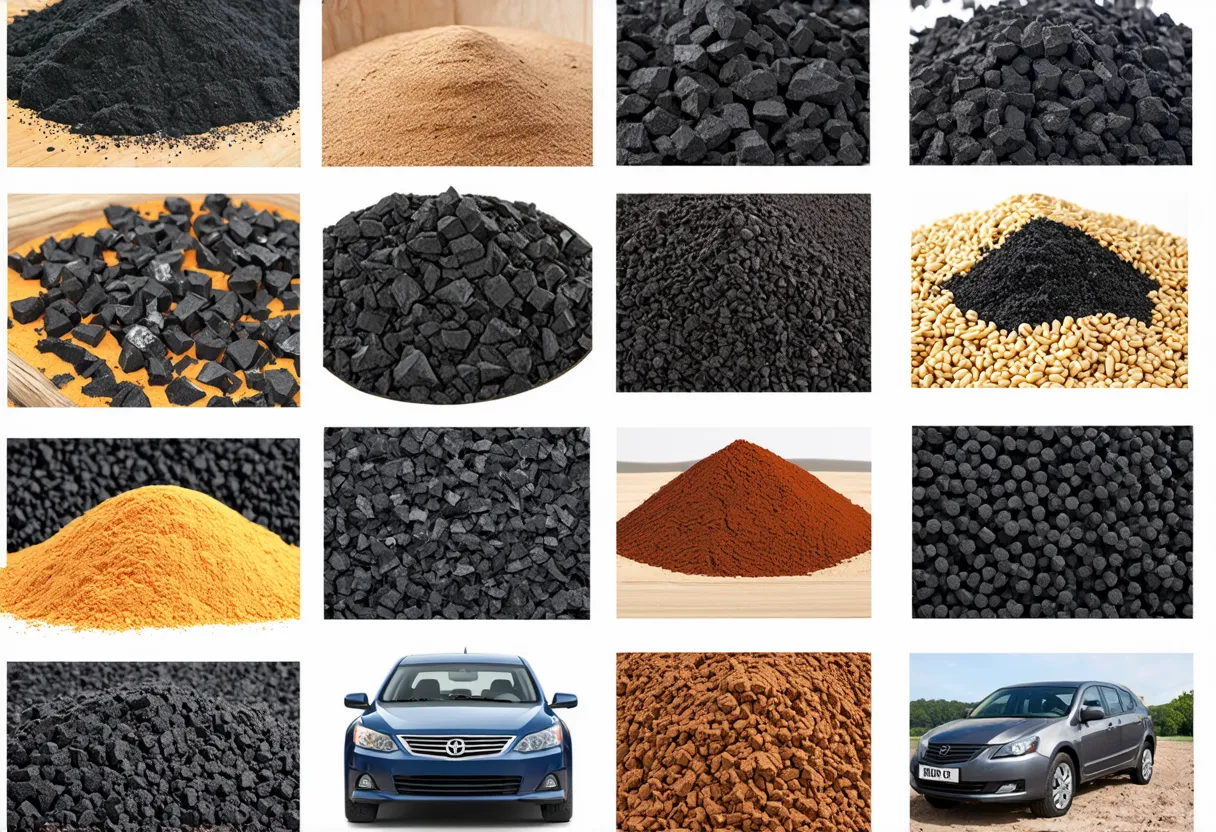Ecuador, with a population of 18,001,000, is ranked 64th in the world, just behind Romania. Located in South America, it covers a total area of 256,370 square kilometers, ranking 75th globally, just below Gabon.
Ecuador’s economic position in 2022 is notable, with a GDP of $115,049,476,000 placing it at the 60th rank globally, just behind Ethiopia whose GDP stands at $126,783,471,597.672. The GDP per capita in Ecuador for 2022 is $6,391.28248, positioning it at 99th place, trailing behind North Macedonia with a GDP per capita of $6,591.47131.
Despite facing challenges, Ecuador’s economy shows promise for growth and development, with potential for further advancement in the coming years.
What are the economic activities of Ecuador?
- Primary activities: 6.7% of GDP.
- Secondary activities: 32.9% of GDP.
- Tertiary activities: 60.4% of GDP.

Primary Sector of Ecuador
Ecuador’s primary sector, primarily focused on agriculture, thrives due to its diverse climate and abundant natural resources. With 22.02% of the country’s land dedicated to agriculture, Ecuador produces a wide range of agricultural products such as sugarcane, bananas, oil palm fruit, milk, maize, rice, plantains, chicken, cocoa beans, and pineapples.
Despite contributing 6.7% to the GDP, agriculture plays a crucial role in the economy. The variety of crops and animal products underscores the sector’s importance, providing sustenance, employment, and export opportunities, showcasing the significance of agriculture in Ecuador’s economic landscape.
With its diverse geology, the primary sector thrives in Ecuador. Abundant in petroleum, fish, timber, and hydropower, these resources fuel the economy, providing employment and contributing significantly to the country’s GDP.
Ecuador’s oil production of approximately 472,873 barrels per day ranks it 19th globally. With reserves of 8.27 billion barrels, it holds 0.5% of the world’s oil reserves, further solidifying its position in the oil economic activity.
Ecuador’s gas production, totaling 497 million m³ in 2020, secures its position as the 73rd largest producer globally. This activity further bolsters the country’s economic growth and stability.
Secondary Sector of Ecuador
What is the secondary sector or what are secondary activities?
The secondary sector involves industries that transform raw materials into finished products. In Ecuador, major industrial products include petroleum, food processing, textiles, wood products, and chemicals. These goods are manufactured for domestic consumption and export, contributing significantly to the country’s economy.
In 2023, Ecuador’s total exports are dominated by industries other than manufactures, making their contribution relatively insignificant.
Tertiary sector of Ecuador
What is the tertiary sector or what are tertiary activities?
The tertiary sector in Ecuador encompasses services that enhance productivity and meet various needs. Main activities include healthcare, education, banking, tourism, transportation, and telecommunications. These services provide intangible goods like expertise, advice, and attention, contributing significantly to the country’s economy and development.
Highlighting these, Ecuador’s economy heavily relies on tourism, contributing significantly to its GDP. With an impressive 2,108,000 annual arrivals, accounting for 0.1171 of the population, Ecuador’s tourism thrives. The Galápagos Islands and Quito’s historic center are among the most popular destinations, attracting visitors worldwide for their unique natural wonders and cultural heritage.
Another example of tertiary economic activity is the mobile cellular sector, with approximately 17.5 million subscriptions, supporting technological growth. With nearly 97 subscriptions per 100 inhabitants, it fosters connectivity and innovation.
Military Activities and Economic Sectors of Ecuador
The military is a key example of many economic activities in a country. In Ecuador, the military relies on the primary sector for resource extraction, such as minerals. The secondary sector is important too, as it includes the manufacturing of military equipment. The military also provides services, which is part of the tertiary sector. Research and development in military technology fall under the quaternary sector, while high-level decision-making is part of the quinary sector.
In 2023, Ecuador’s military expenditure was about 2,726.3 million US dollars, which is 2.15% of its GDP. The active military force consists of 40,250 personnel. This means there are about 9.6 active military members for every 1,000 people in the country.
International Trade of Ecuador
Import Activities of Ecuador

Import activities in Ecuador are crucial, accounting for 28.52% of GDP in 2023, totaling $32.81 billion. These imports drive economic growth and supply essential goods and services.
Ecuador’s key import activities include refined petroleum, coal tar oil, cars, natural gas, and soybean meal. Its top import partners are the US (26%), China (23%), Colombia (6%), Peru (4%), and Brazil (4%).
Exports Activities of Ecuador

Ecuador’s total exports in 2023 were $33.56 billion, accounting for 29.17% of its GDP. This indicates a medium level of importance, showcasing a significant contribution to the country’s economic growth.
Ecuador primarily exports crude petroleum, shellfish, bananas, fish, and refined petroleum. Its top export partners are the US (27%), China (17%), Panama (14%), Chile (4%), and Colombia (3%).
Ecuador economy challenges in 2024
In 2024, Ecuador faces ongoing economic challenges despite successful debt restructuring. Social unrest continues to hinder growth, exacerbated by heavy reliance on oil and recent COVID-19 impacts. China’s funding helps, but the country struggles to stabilize its economy and address social issues.




Leave a Reply